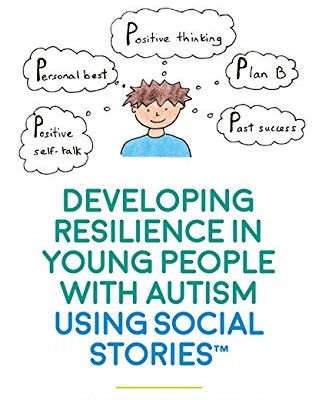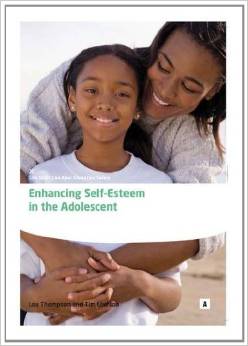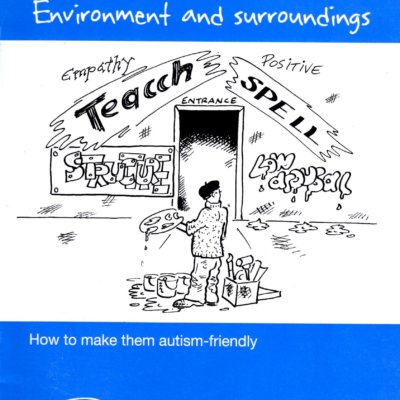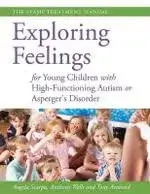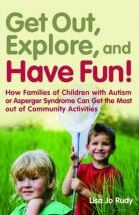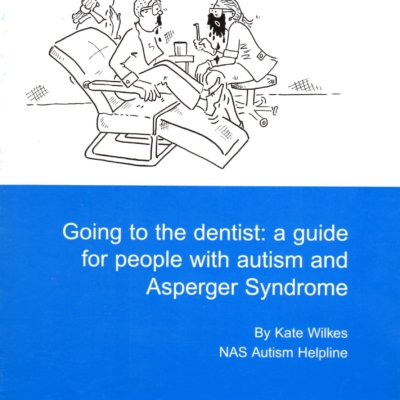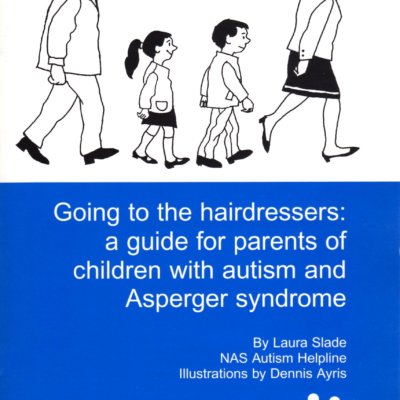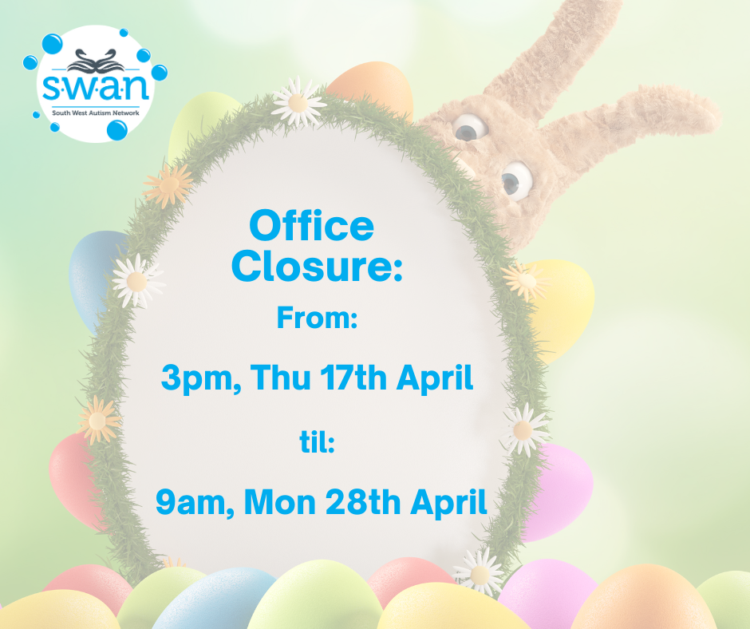Can I tell you about Asperger Syndrome?
Jude Welton
A guide for friends and family
Meet Adam – a young boy with Asperger Syndrome. Adam invites young readers to learn about AS from his perspective. He helps children understand the difficulties faced by a child with AS – he tells them what AS is, what it feels like to have AS and how they can help children with AS by understanding their differences and appreciating their many talents. This illustrated book is ideally suited for children aged between 7 and 15 years of age and also serves as an excellent starting point for family and classroom discussions.
A note from SWAN: ‘Asperger’s Syndrome’ is no longer used as a diagnosis and the term “high-functioning” is harmful, as it minimises the varied support needs of autistic people. SWAN does not endorse these terms, but recognises that this resource contains other useful information.




